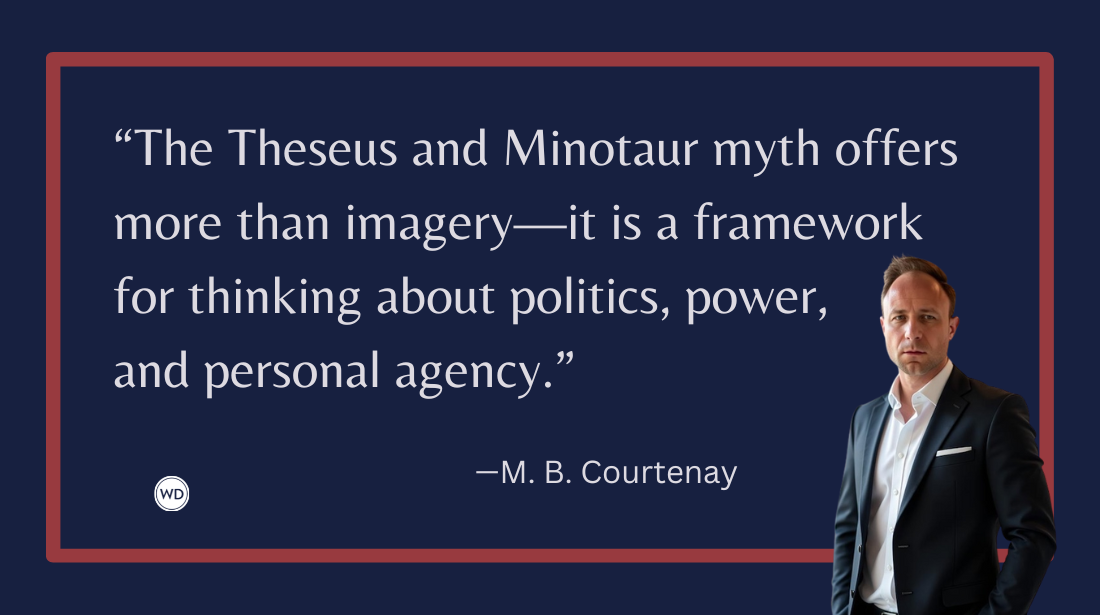Homonym vs. Homophone vs. Homograph (Grammar Rules)
Learn when you’re writing or reading a homonym vs. homophone vs. homograph with Grammar Rules from the Writer’s Digest editors, including a few examples of each.
We've presented our fair share of homonyms, homophones, and homographs in this Grammar Rules series. So what are they anyway? We should probably dig into that question a bit. In fact, that's the mission of this post.
Let's untangle these similar terms that aren't exactly the same, even if there is a little crossover.
Homonym vs. Homophone vs. Homograph
Homonym can actually carry two meanings. In one instance, a homonym is any collection of words that can be classified as homophones and/or homographs. The other instance insists that homonyms are only instances when words are both homophones AND homographs. Either way, let's explain homophones and homographs.
Homophone is one of two or more words that are pronounced the same but have a different meaning or spelling. Here are a few examples:
They sound the same, but they have different spellings and meanings.
Homograph, on the other hand, is one of two or more words that spelled the same but have a different meaning or pronunciation. For instance, the word "tear" is different if "you tear a page" than if "you let that tear run down your cheek when you're sad." Spelled the same but different meaning and pronunciation.
Make sense?
A final note on homonyms, homophones, and homographs:
I like to give little clues for figuring out when you're using one term or the other. So just remember that homophones sound the same, like if you were talking on a phone. Meanwhile, homographs are spelled the same, like if you used a graphite pencil. And then, homonyms are either, both, and/or only both.
*****
No matter what type of writing you do, mastering the fundamentals of grammar and mechanics is an important first step to having a successful writing career.









